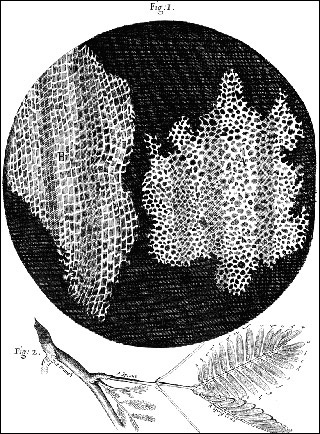Course Description
This course reviews the processing and structure of cellular materials as they are created from polymers, metals, ceramics, glasses, and composites, develops models for the mechanical behavior of cellular solids, and shows how the unique properties of honeycombs and foams are exploited in applications such as …
This course reviews the processing and structure of cellular materials as they are created from polymers, metals, ceramics, glasses, and composites, develops models for the mechanical behavior of cellular solids, and shows how the unique properties of honeycombs and foams are exploited in applications such as lightweight structural panels, energy absorption devices and thermal insulation. The applications of cellular solids in medicine include increased fracture risk due to trabecular bone loss in patients with osteoporosis, the development of metal foam coatings for orthopaedic implants, and designing porous scaffolds for tissue engineering that mimic the extracellular matrix. Modelling of cellular materials applied to natural materials and biomimicking is explored. Students taking the graduate version of the class are required to complete additional assignments.
Course Info
Learning Resource Types
notes
Lecture Notes
group_work
Projects with Examples
theaters
Lecture Videos
theaters
Other Video
groups
Course Introduction
Instructor Insights

Drawing of the structure of cork as described in Micrographia (1665) by Robert Hooke. Hooke was the first to apply the word “cell” to biological objects. (Image is in the public domain. See Wikimedia Commons.)








